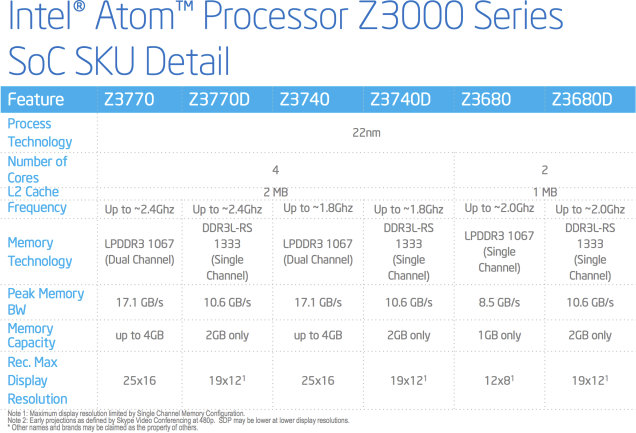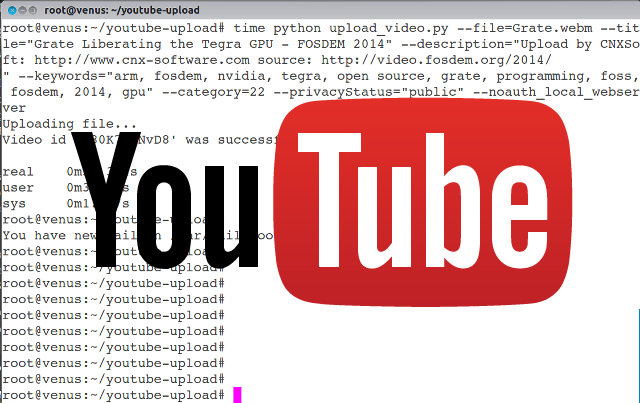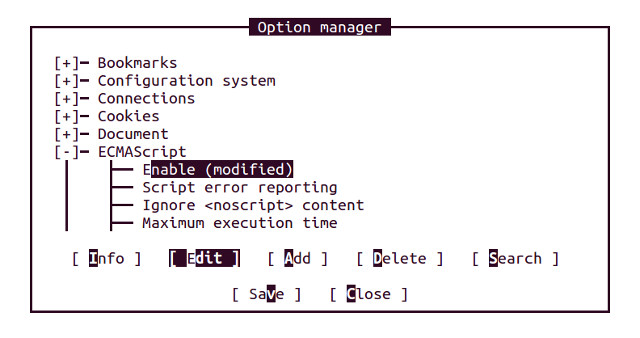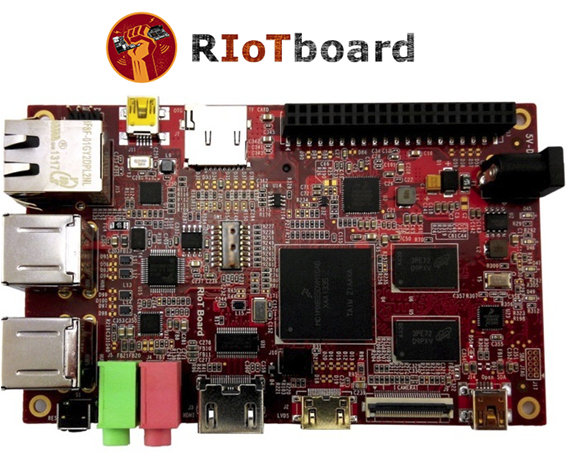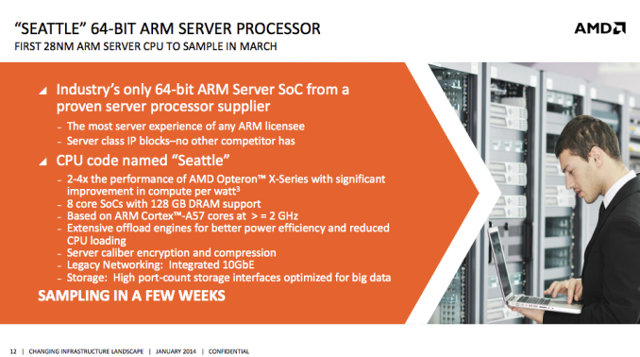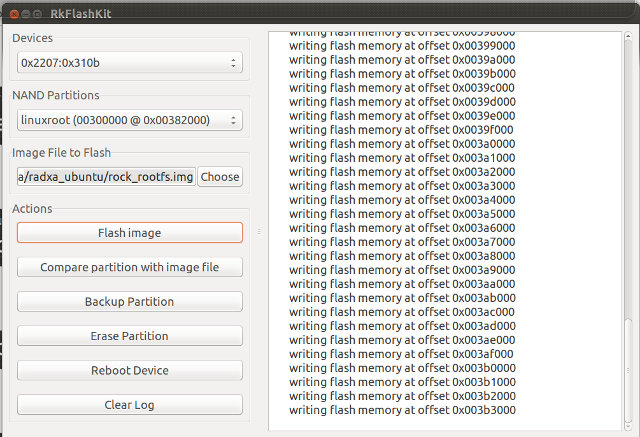After seeing the discussion about ARM vs x86 (Bay trail) for the future Dragon Pyra open source game console, I’ve realized many people, including myself, do not know about the different resources available to develop hardware and software for Intel Bay Trail SoCs for tablets such as Atom Z3740 and Z3770, so I decided to have a look. Intel Atom Bay Trail Z3700 Series Overview Intel Z3600 series and Z3700 series are respectively dual core and quad core Bay Trail-T SoCs for Android and Windows 8 tablets. There are 4 quad core models: Z3740, Z3740D, Z3770, and Z3770D, and 2 dual core processors: Z3680 and Z3680D. The dual core versions are reserved for Android only, and there’s no product page on Intel for now, so I’ll focus this post on Z3700 series only. I have no idea what the “D” in Z3740D is for, except it;’s not related to Desktop, […]
Keepod Unite Aims to Bring Computer Access to Africa with $7 USB Sticks and Refurbished Laptops (Crowdfunding)
The Raspberry Pi foundation has done a great job to bring to market $25 and $35 computers for kids to learn programming, but they have many other uses including hardware “hacking” and bringing low cost computers to developing countries. Keepod and NGO LiveInSlums have thought of an apparently more cost effective way to bring computing access to people living in slums in Nairobi, Kenya, by providing USB sticks (about $7) to boot refurbished laptops. This is absolutely NOT a $7 PC as a few other websites have mentioned. The goal is to facilitate NGO communication, the spread of knowledge and economic development in a way that’s personal and secure. The USB flash drives will belong to one person, and contains a Linux based operating systems with all files saved in the stick, and no modifications on the host computer which does not even need an hard drive to work, and […]
How to Upload YouTube Videos with the Command Line in Linux
Like many people, I access Internet via an ADSL connection at home. ADSL stands for “Asymmetric Digital Subscriber Line”, with Asymmetric being the key word here, as it just mean your download speed will be (much) higher than your upload speed. My ISP promises a theoretical 10 Mbps download speed, and 512 Kbps upload speed, and this is pretty close in reality: Data Rate: 10240 (downstream), 509 (upstream) kbps. Assuming a 265MB video, in the very best case (63 KB/s), it would take 1 hour and 12 minutes to upload a video to YouTube, but in practice it’s often closer to 2 or 3 hours. If it’s a video you’ve shot yourself, and copied inside your computer, there’s very little you can do, except processing the video with tools such as HandBrake to make it smaller before upload. But if the video files are located somewhere in the Internet, and […]
Building eLinks Text-based Web Browser with (Some Sort of) JavaScript Support
Yesterday, I’ve spend some time trying to find a text-based web browser with support for JavaScript. Although I doubt many people would need that, I’ll post my findings, and show how to build and enable Javascript in eLinks web browser to access the web from a terminal in Linux (Ubuntu/Debian). Bear in mind that the implementation is far from complete, and most pages won’t work, at least for now. Initial research pointed me to three potential candidates: links2, w3m + w3m-js extension, and elinks. Links2 used to have JavaScript, but support was poor, so they decided to remove it. w3m-js is an experimental patch to add JavaScript to w3m, but the link is broken, so we are left with elinks. If you just want a text based web-browser, and do not care about JavaScript, you can just install links2, w3m, or elinks with apt-get. The versions I’ve tried in Ubuntu […]
$74 RIoTBoard Development Board Features Freescale i.MX 6Solo
RIoTBoard, which stands for “Revolutionizing the Internet of Things Board”, is a new Android & GNU/Linux development board sold by Element14 /Newark powered by Freescale i.MX6Solo Cortex A9 processor. The board also features 1GB DDR3 RAM, 4GB eMMC and plenty of ports including Gb Ethernet, HDMI, and more. The board can be used to design netbooks , nettops, mobile internet devices (MIDs), PDAs, portable media players (PMP) with HD video capability, portable navigation devices (PNDs), industrial control and test and measurement (T&M), and single board computers (SBCs). RIoTBoard specifications: SoC – Freescale i.MX 6Solo ARM Cortex A9 MPCore Processor @ 1 GHz with Vivante GC880 and GC320 GPUs for 3D & 2D graphics, and HD video processing unit. System Memory – 1GB DDR3 RAM Storage – 4GB eMMC, microSD and SD card slots Video Output – HDMI, LVDS, and parallel RGB interfaces Audio I/O – Analog headphone/microphone, 3.5mm audio jack […]
Linaro 14.01 Release with Linux Kernel 3.13 and Android 4.4.2
The first release of the year, Linaro 14.01, is now out with Linux Kernel 3.13 (baseline), Linux Kernel 3.10.28 (LSK), Android 4.4.2, and Ubuntu Linaro 14.01. The most important part of this release is support for Arndale Octa, which makes big.LITTLE processing code available to a low cost platform. Android 4.4.x is now on par with Android 4.3 in terms of support. Linaro has also decided to provide quarterly stable released with GCC, and Linaro GCC 4.7-2014.01 is the first quarterly stable release with the next one planned with Linaro 14.04. Here are the highlights of this release: Linaro Stable Kernel (LSK) 3.10.28-2014.01 with latest version of GTS patch set for big.LITTLE, and Android support Linux Linaro 3.13-2014.01: gator version 5.17 updated linaro-android-3.13-merge topic by John Stultz, the “Revert “PM / Sleep: Require CAP_BLOCK_SUSPEND to use wake_lock/wake_unlock” patch included uprobes v4 updated big-LITTLE-pmu topic from ARM Landing Team (LT) updated […]
AMD Opteron A1100 Server SoCs Feature 4 to 8 ARM Cortex A57 Cores
A few months ago, AMD published a roadmap showing AMD “Seattle” Server CPUs based on ARMv8 64-bit architecture were planned for H2 Q2014. The company has now announced the first series of processors that will be based on ARM Cortex A57: AMD Opteron A1100 Series, as well as the corresponding development platform at the Open Compute Project Summit in San Jose, California. Key features of AMD Opteron A1100 Series processors: 4 or 8 core ARM Corte-A57 processors Up to 4 MB of shared L2 and 8 MB of shared L3 cache Configurable dual DDR3 or DDR4 memory channels with ECC at up to 1866 MT/second Up to 4 SODIMM, UDIMM or RDIMMs 8x lanes of PCI-Express Gen 3 I/O 8x Serial ATA 3 ports 2x 10 Gigabit Ethernet ports ARM TrustZone technology for enhanced security Crypto and data compression co-processors On the software side, the company mentionned it is a […]
Getting Started with Raxda Rock – How to Generate and Flash Ubuntu Saucy Server and Desktop Images
I’ve already written a guide showing how to build and install Android in Radxa Rock. Today I’m going to build the Linux kernel, generate a Ubuntu server images based latest Ubuntu Linaro server release, flash the image to the NAND flash, and show how to install LXDE or XFCE desktop environment. If you are just interested in installing one of the latest supported images, you can download Android, dual boot (Android/Ubuntu), Ubuntu ALIP, and Router images for Radxa Rock @ http://dl.radxa.com/rock/images/, and skip “build” and “generate” instructions, and just follow the flashing instructions below. All steps in this tutorial will be done in Ubuntu 13.10, and lots of the instructions below follow hwswbits blog and Ubuntu Radxa Wiki. Build the Linux kernel Let’s start by building the Linux kernel. I’m assuming you’ve already install development tools in Ubuntu (e.g. apt-get install build-essentials). You can refer to the list at the beginning […]


